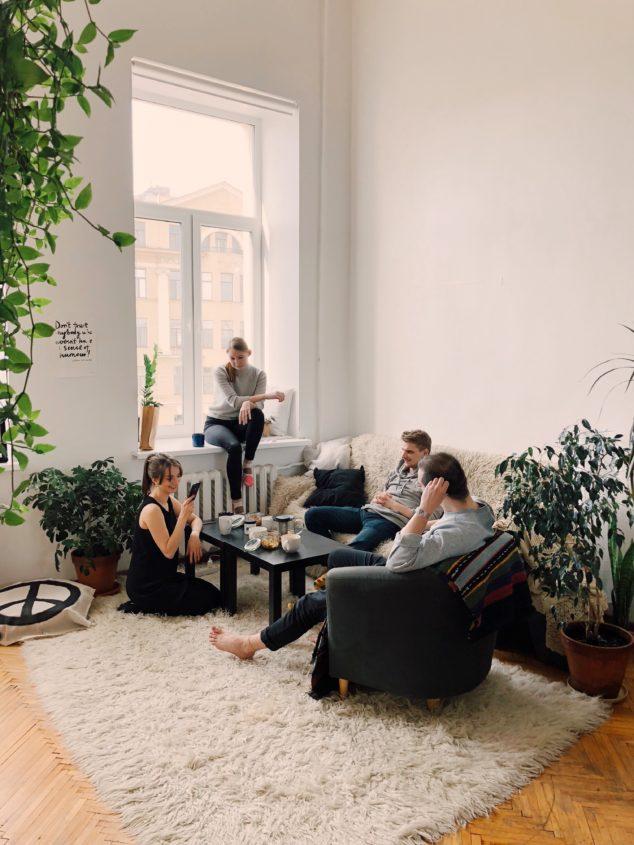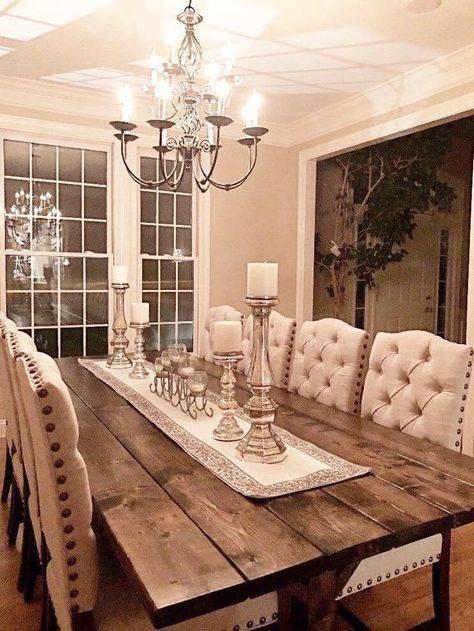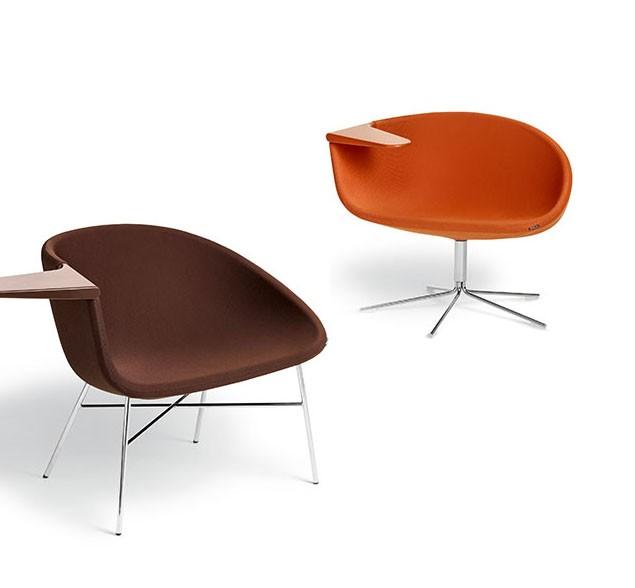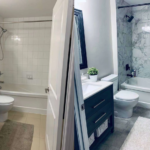For most homeowners, the idea of a neon sign inside their homes is met with a bit of trepidation.
American public culture has had a love-hate relationship with neon signage ever since it was first used to attract the attention of consumers in the 1930s. Today, however, neon signs are less of a practicality and more of a throwback to a simpler time in the nation’s past. For interior decor, they represent a useful indoor fixture that includes both a decor choice and lighting for a space.
HGTV mentions that lighting can affect the dynamics of a location, something that neon signs are great at doing. As with all sorts of interior decorations, where and how one uses a neon sign can determine how good a piece it is.
Choosing and developing decor for a room or space is akin to art, and what neon signs offer to the enthusiast is something unique, fresh, and bold while still giving a hint of traditionalism in the presentation. What sort of area suits a neon sign then?
1. Abstract Artwork
Neon lights lend themselves to abstract art by their nature of being eye-catching. Abstract art has always had a hard time being noticeable, and many people don’t even consider modern abstraction to be on the same level as contemporary art.
Neon lights appear in both simple and intricate designs that add personality to a room and draw the eye to something the designer wants to show off. In some cases, using an abstract piece to highlight a contemporary bit creates an exciting juxtaposition of artistic styles.
2. Retro Throwbacks
Design BX notes that neon signs have a place in recent Americana, citing the use of the neon ‘beer’ sign which exists in almost every man-cave in the country. Despite the stereotypical nature of those signs, they provide a retro throwback that is unlike any other, since the sign itself is reminiscent of the badges which lit many dive bars in the late 80s and early 90s.
The retro setting evokes feelings of being alive back then and even brings back treasured memories that might have happened in those kinds of locations. Nostalgia is a hard thing to tap into with interior design, but a retro neon sign does it beautifully.
3. A Splash of Color
One of the best and most common uses of neon lights is to add a dash of personality to a room’s decor by introducing some color.
In places that create a close modernist look, the splash of color from anything else, like a painting or a poorly-located bookshelf, comes across as jarring and makes the room feel strange.
Neon signs combine surprisingly well with the look of modern industrialism, keeping the feeling of harsh, straight lines, but tempering it with curvature and color. The subtle nuance of a well-placed neon sign can make a modern space seem more inviting.
4. Simple Statements Say the Most
Neon signs had initially come into general usage because of the ease with which businesses could incorporate them into interpretive signage.
Today, that design choice has been used to help design eye-catching and thought-provoking statements that decorators can place on walls or doors. They create an unusual superposition of philosophy and art that nothing else can match. As Hunker reports, these sorts of design choices make for perfect backdrops for Instagram pictures.
5. Soft Lighting Accents
Neon is, at its heart, a light source. While it doesn’t emit enough light to cast a whole room into relief, it does release the slight glow that makes for a great ambiance.
The soft light works best in areas where the natural lighting is already muted, allowing for the design to cast its glow over elements, helping them to stand out from the background. Accent lighting is supposed to attract a viewer’s attention and redirects it to what the designer wants him or her to see. Neon lights do this wonderfully, without risking taking over the ensemble.
6. Useful Signage
While in this day and age, we see neon signs as a throwback and a thing of the past, they can have their own practical design uses. At their core, they are signs and can be used for that purpose just as well. Placing a neon “Keep Out” sign on a teenager’s door, for example, offers excellent use of signage and is likely to appeal to the young adult in question. Areas that hosts prefer to highlight for visitors like bathrooms are typical use cases for neon signage.
Where to Put a Neon Sign?
It’s easy to say ‘anywhere’ to this question, and because of the way neon signs blend into a decor unobtrusively, it would also be true. But neon doesn’t work absolutely everywhere. Areas with too much light drown out the subtle tones of its nuanced lighting effect. Places that are already brightly colored are likely to take away from the impact the signs have. Neon signs are at their best when they are used to surprise and provoke. They shouldn’t be a primary design element, but on that adds to existing decor. In this role, they shine much brighter than the gentle light they cast on their surroundings.
Lara Douglas is a young woman who loves interior designing and home decor. She is passionate about new trends and fashion forward home décor ideas. She regularly posts at Neon Signs Depot.








